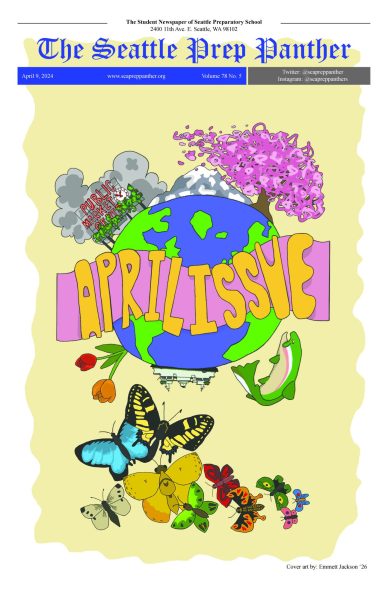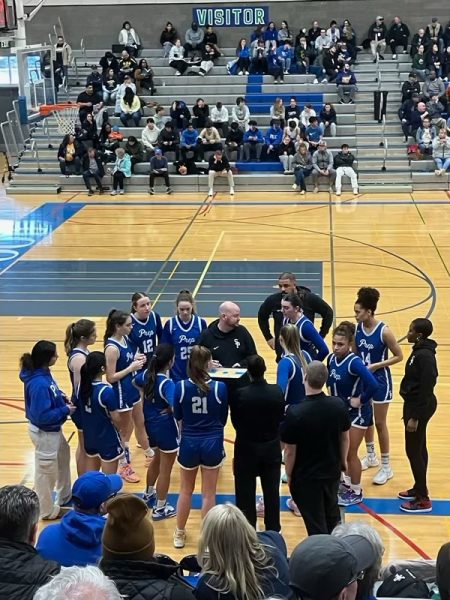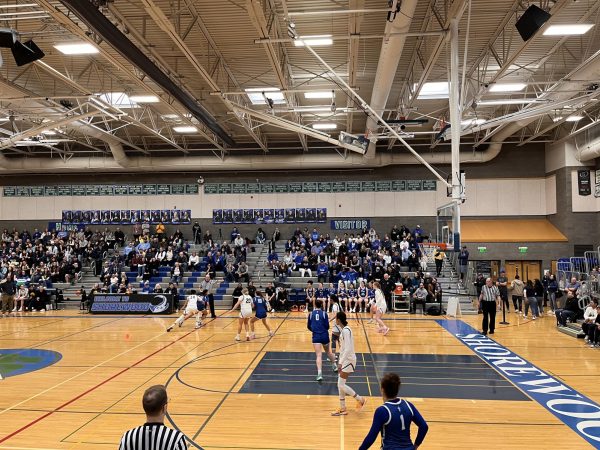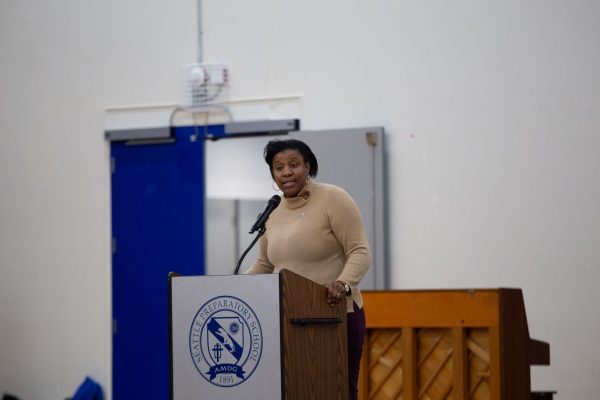Technology: The Ever-Growing Tool We Use
February 6, 2020
Technology: The Ever-Growing Tool We Use
Teachers of the past relied heavily on paper books and lengthy lectures to educate students of the world. Now its 2020 and the prevalence of the internet massively influences the lives of many, including teachers and students. Some examples of people that have been using these new methods of teaching are many of our own Seattle Prep teachers.
“I think it’s also interesting to hear other voices explain things,” said Kristen Tordillos. She is a Honors Biology and AP Environmental Science teacher as well as a moderator for the LatinX club at Prep. At Prep, YouTube has been integrated into many different classes as an additional way of educating students. Tordillos started using YouTube as a supplement to her talking in 2010. A couple of the reasons is due to YouTube’s user friendliness and it also gave students an additional voice of explanation to a topic that is harder to grasp.
“When I first started teaching, there was no one-to-one device… It’s definitely increased the speed at which information can be distributed and I think it’s put more power in the student,” said Tordillos. When Tordillos was attending school, she had to go to the library if she wanted to use the computer. Now, every student has a computer they can use to find answers to their questions and quench our thirst for answers. Technology has empowered the student’s own learning, so that schools can speed up the learning process and find new topics that students find interesting. The prevalence of technology in our world has greatly increased the amount a student can learn, and technology will only continue to grow with us through our lives.
“If you can show a really good primary source… it is the best way to really get immersed in a subject,” said Emmet Hogan. He is a Junior and Freshman Collegio teacher as well as a social justice chairman. “I think it can really enhance instruction.” Whether it be a YouTube video or a full 1-hour documentary, watching reenactments and visuals can find its way to a student’s mind far better than words and letters on a whiteboard can. Videos can catch a student’s attention, making it more engaging and stick better to a person’s memory.
“On one hand we have access to everything, on the other hand we’re not as good reading as much as we need to do the research that we need to do,” said Hogan. There are many pros and cons about having technology integrated into the classroom. For instance, having a search engine in a backpack drastically helps a person have access to all kinds of information. Many people take this power for granted because they are so used to this day in age where we can search anything we want and get an answer. However, because information is so easily accessible, people start to take the first answer they see, which can be extremely detrimental. The top result in a Google search might not be the right answer, but because it is the first result, people will use wrong information and believe it is right.
Education has evolved from chalkboards and cassette tapes to what it is today. In school, we have the entire internet at the press of a button. However, knowing how to use it to your benefit is essential to be a great student. The main ways to use technology responsibly is improving our research by not just selecting the first article that pops up on the browser, utilizing the videos provided by the teachers and actively listening/watching, and actively using the surface for the sole purpose of learning. Overall, the technology available to us is ever expanding in the world today, and only by utilizing the tools provided to students, they will be able to learn to solve problems creatively, have the ability to think deeply and overall have a more grand school experience.








